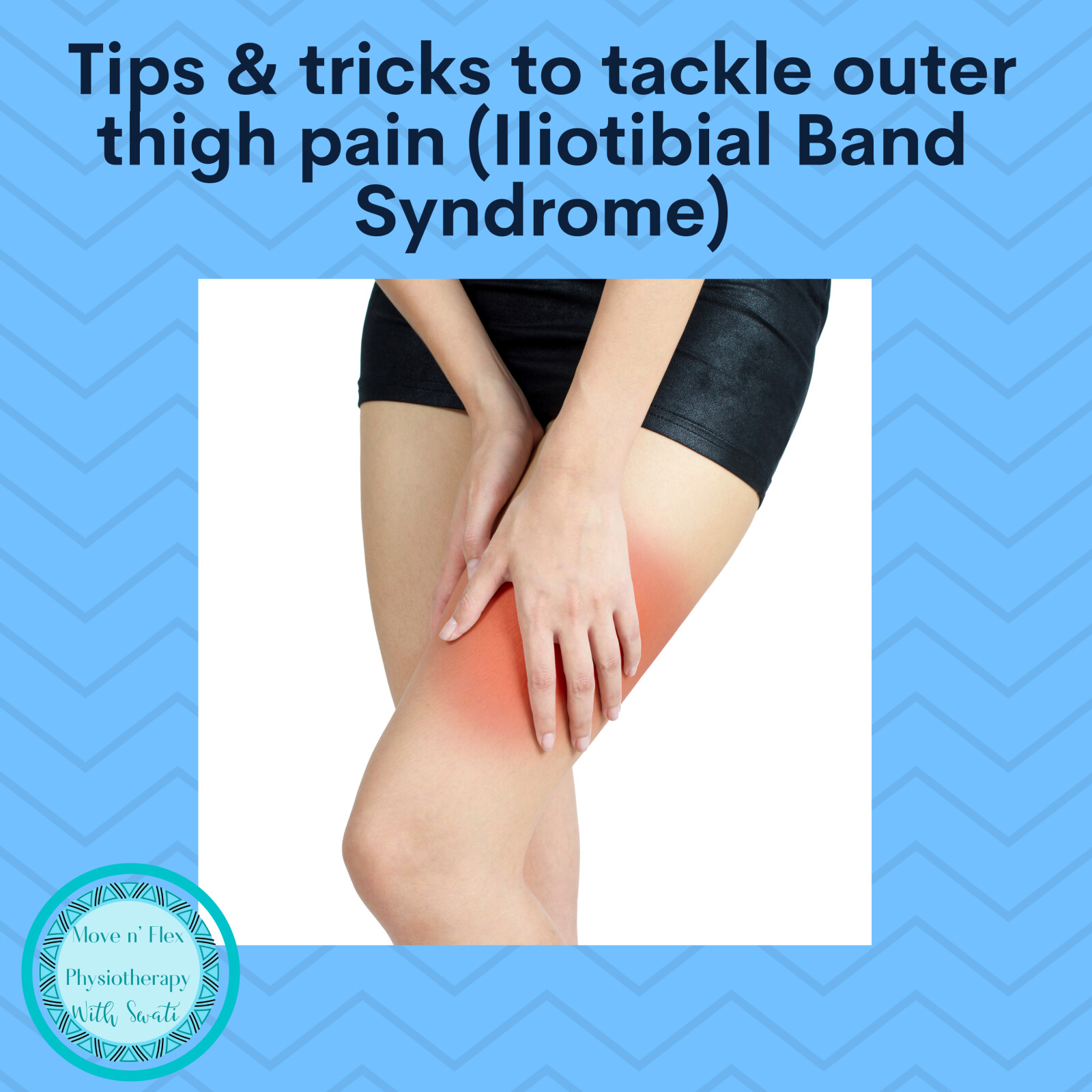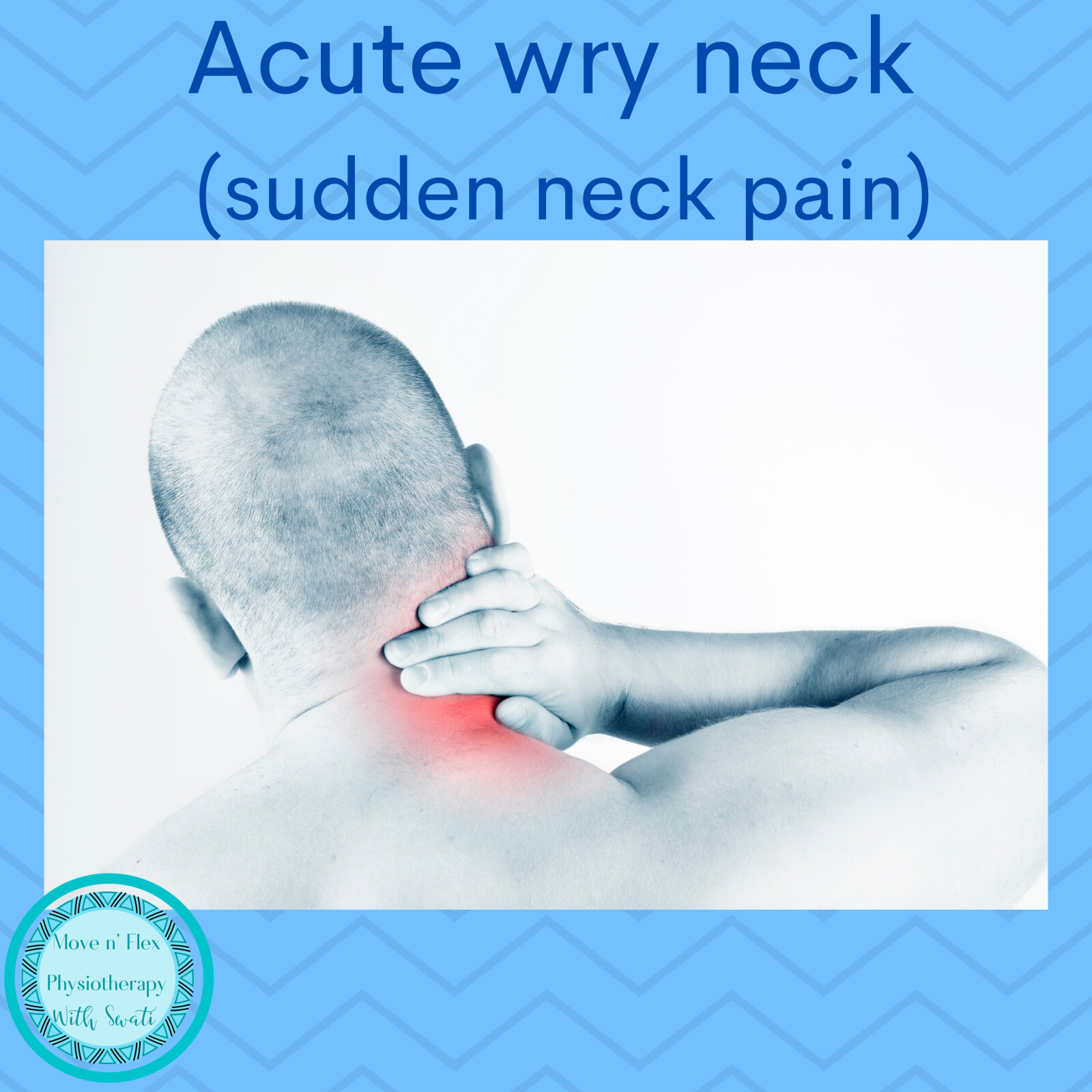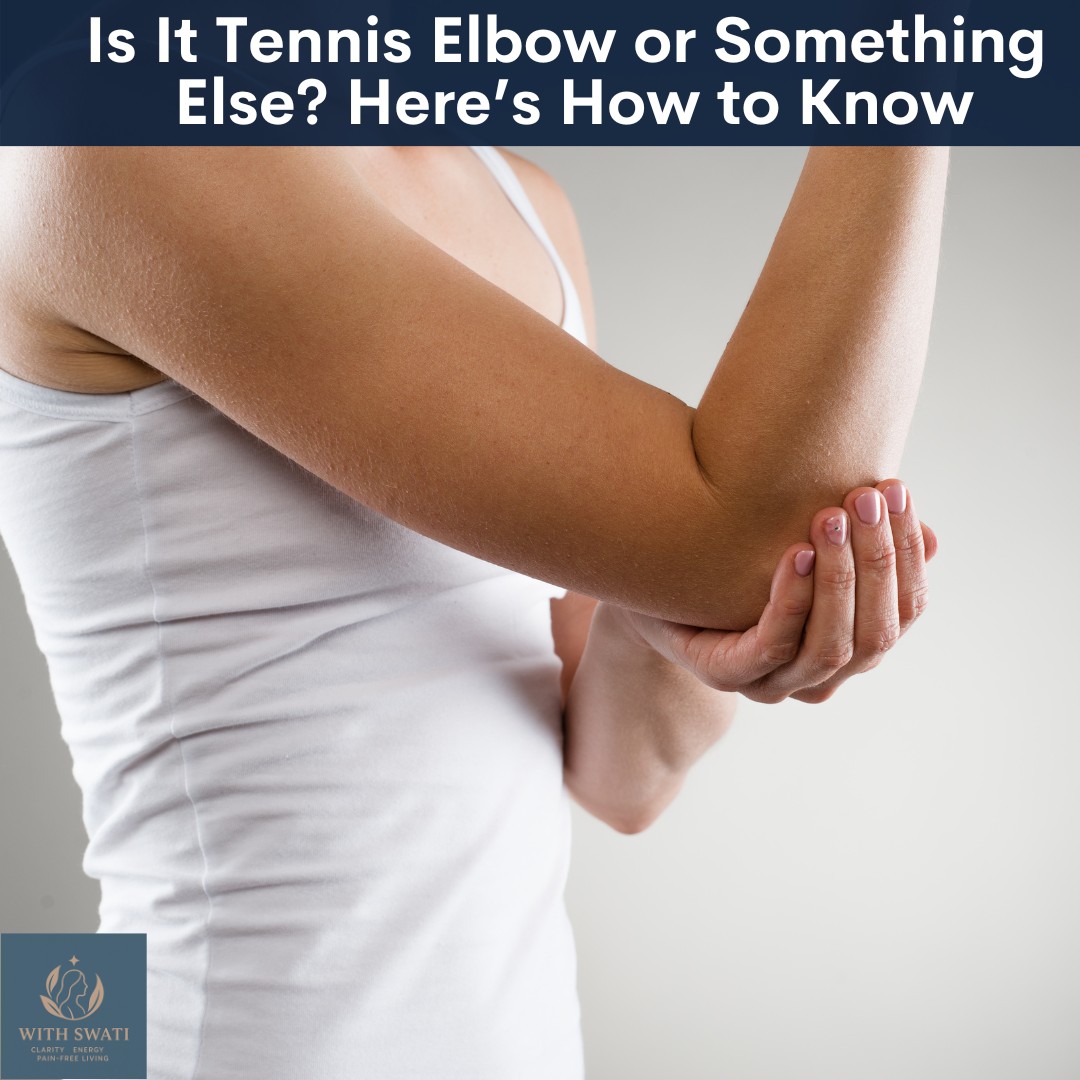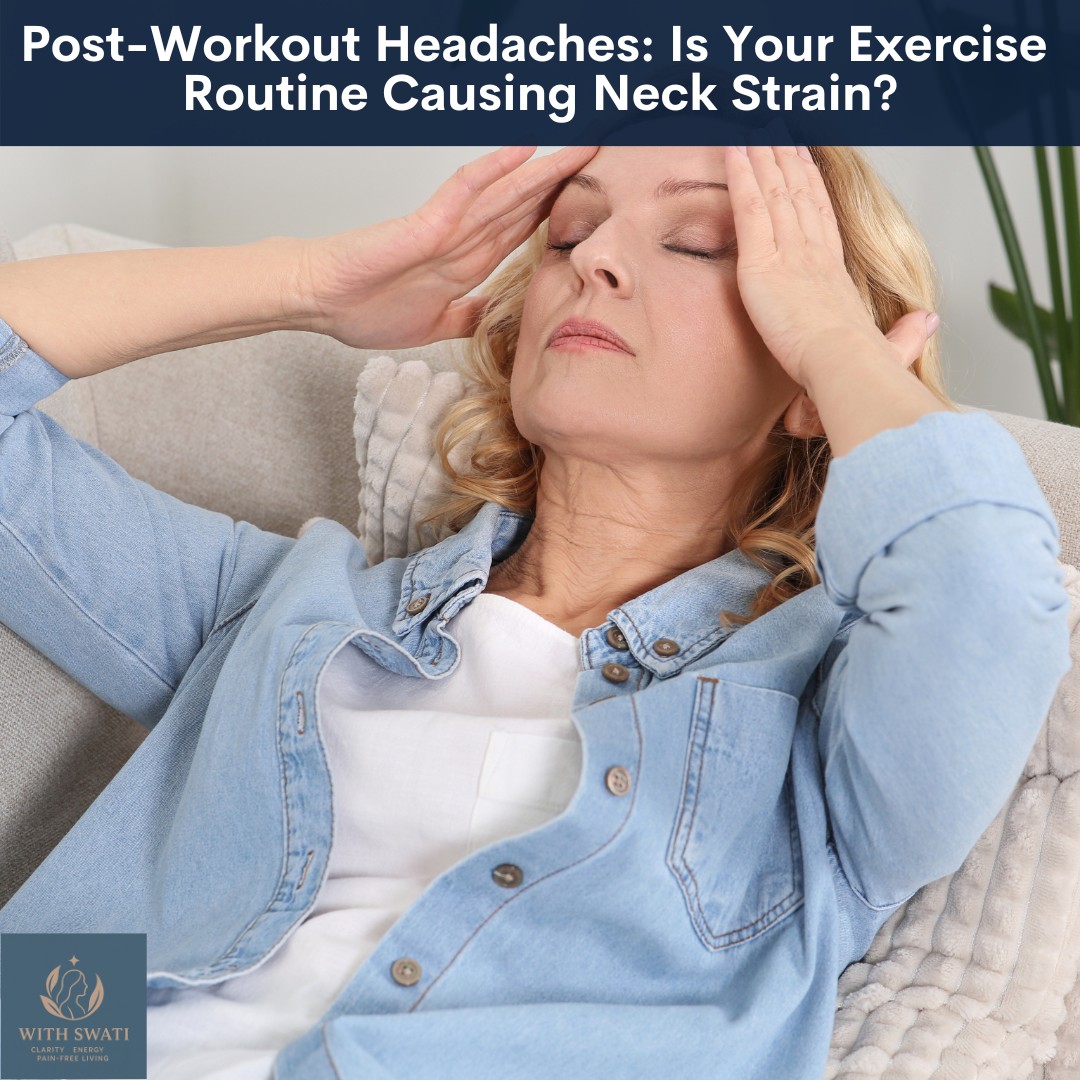
Here are some tips and tricks to help you overcome the pain from Iliotibial Band Syndrome:
Use a cold pack: Cold pack can be applied to the painful area three or four times a day, especially at the end of the long day. Icing helps to reduce pain and inflammation in the area and thus provides pain relief.
Take a break: Iliotibial band pain is an overuse injury. When acute pain is present it is advisable to take a break from running or sports activity.
Tennis ball massage: This is similar to a deep tissue massage, that can easily be done at home. Roll a tennis ball in a slow and steady manner over the length of the iliotibial band or parts of the band that feel knotted up and tight. This can be done either standing sideways against a wall or in a side lying position (lying on the affected side) with the tennis ball between the side of the thigh and the yoga mat or wall. Repeat 2-3 times in a day or more, if possible.
Postural correction: Our bodies are not made for prolonged sitting or standing. If you are in the habit of sitting in lotus position or with one leg tucked under the bottom for a long time these postures can lead to a shortening of the iliotibial band. If you do want to sit in these postures, then change your posture often and stretch the Iliotibial Band to prevent tightness. Ideally, try to sit with both your feet flat on the floor when sitting in a chair or legs straight in front of you with a small pillow under the knees if sitting in bed.
Be mindful of the terrain that you run on: Avoid dirt trails or mushy or muddy trails for running as they put added loads on your knees. Same goes for hilly and uneven routes. Consistently running on a horizontally banked surface on which the downhill leg is bent slightly inward can also cause extreme stretching of the band.
Check your running shoes: Replace your shoes if they are old and worn out as they will not be able to support your feet during your standing, walking or running. What happens at the foot end will influence the knee and hip as these joints are biomechanically linked. Excessive pronation (flat feet) can load the outside of the knee and causes strain on the it band. Read this blog for details of how to check your shoes.
Foam roller: Foam rollers can also be used to loosen the tight area of the Iliotibial Band. This is done in a side lying position on the foam roller and rolling it between the hip and the knee. It is recommended to use the foam roller everyday 2-3 times or more, if possible.
If you want to know more about how to manage your Iliotibial band pain and foam rolling join my free community where we discuss these topics in a judgment free and friendly group.
If you like this blog and want to be notified about new blogs as soon as they are published, subscribe to my mailing list below.
I would love to see you around the internet! For other places you can explore more about me: https://withswati.com/page/link
















0 Comments